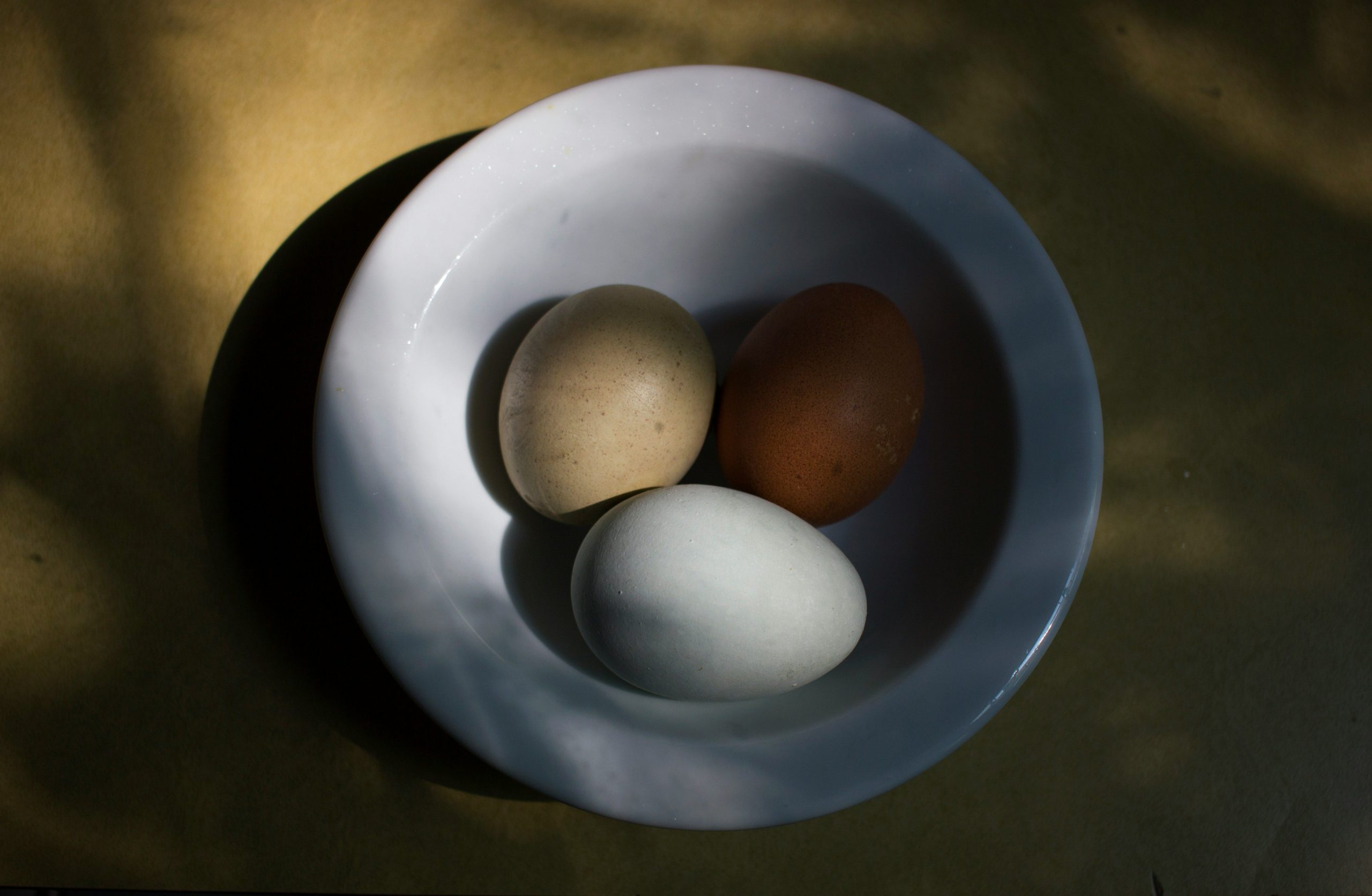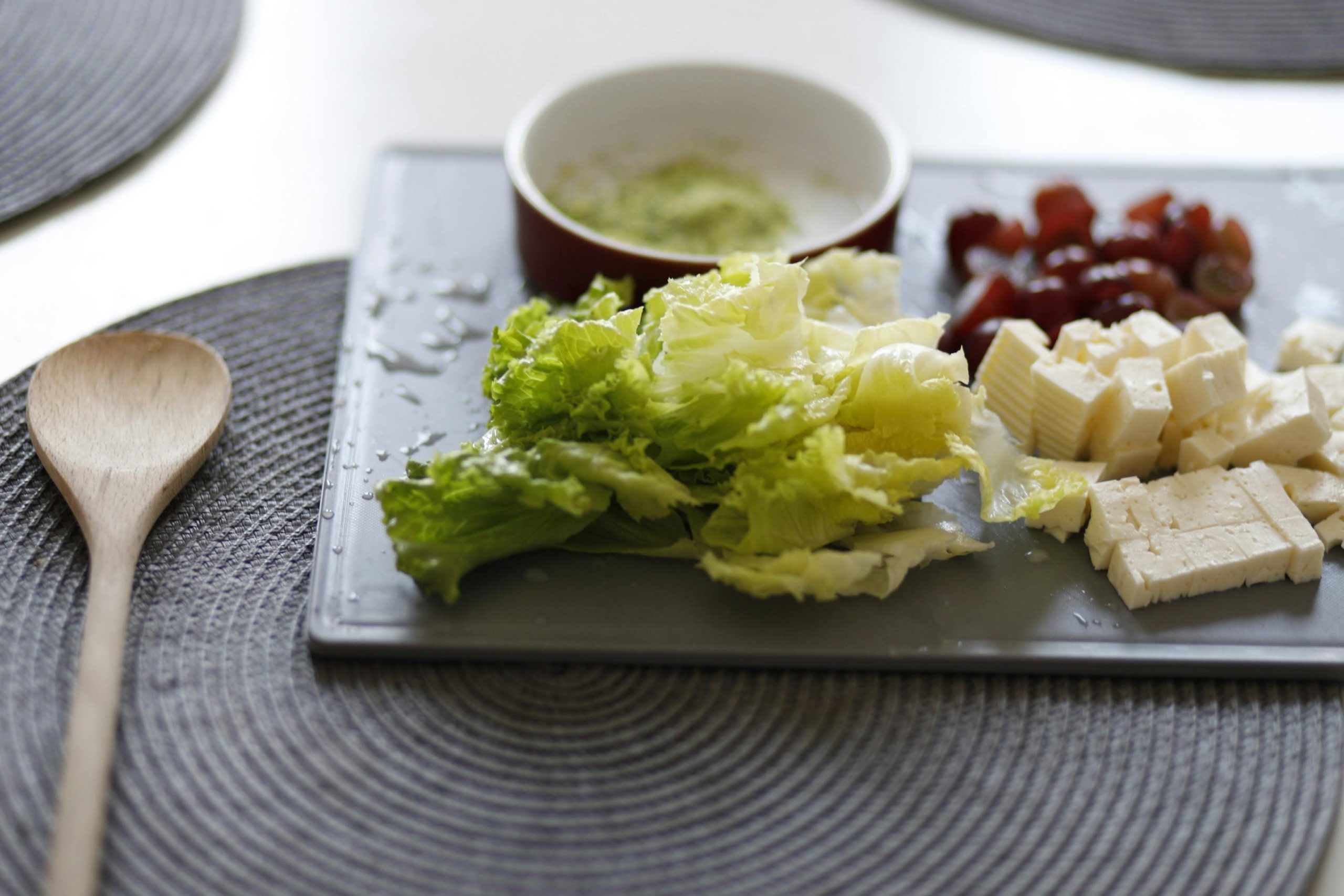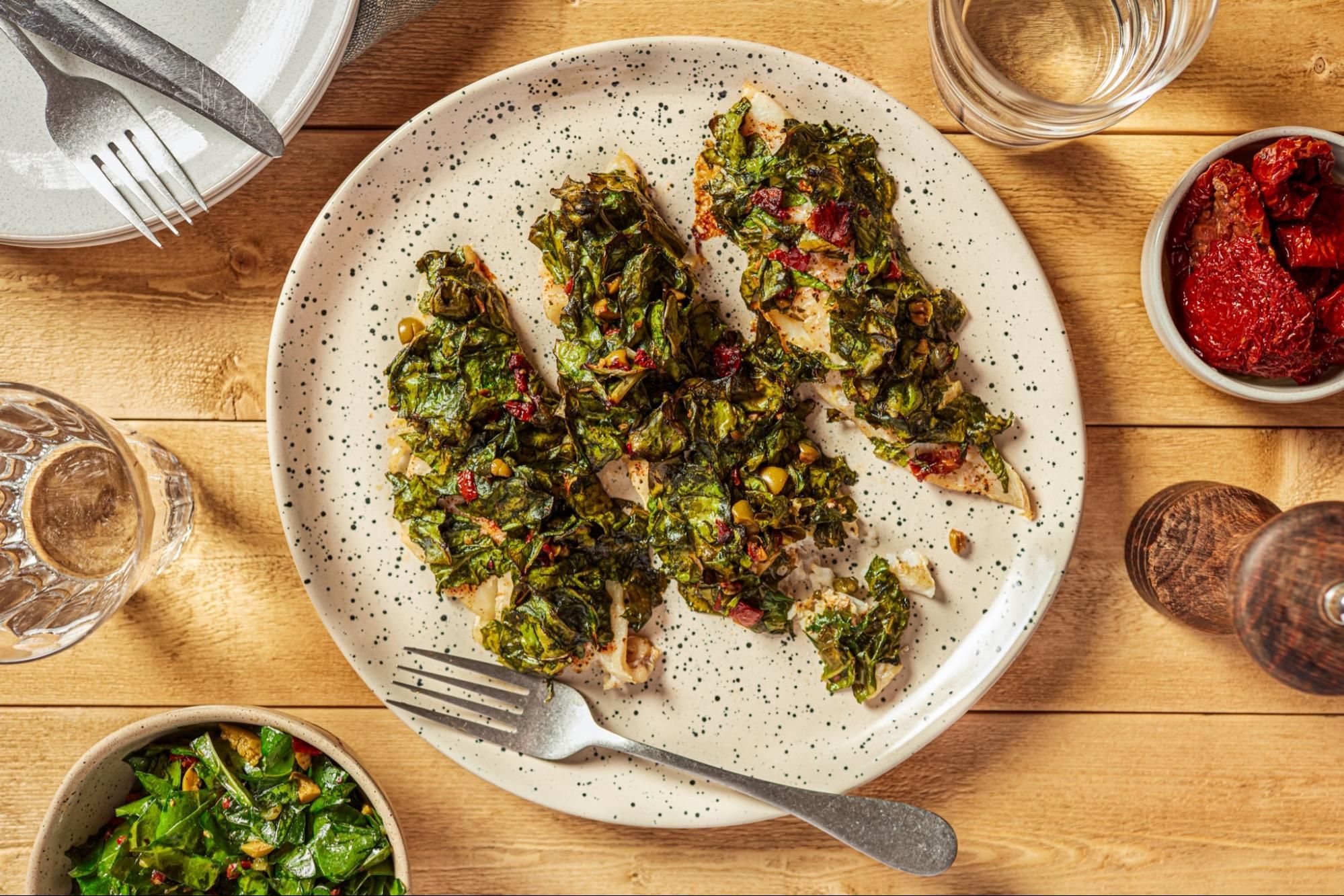Have you ever wondered what makes Swiss eggs so unique and delicious?
Finding the perfect egg dish can be a challenge, especially when you’re looking for something that combines both flavour and nutrition.
Swiss eggs are renowned for their high quality and exceptional taste, often featured in recipes that are both nutritious and delectable.
In this blog post, we’ll explore a variety of Swiss egg recipes, discuss their health benefits, and offer tips on how to ensure you’re using the freshest eggs possible.
Key Ingredients in Swiss Egg Recipes

Swiss egg recipes often include key ingredients like Swiss cheese and fresh eggs, which significantly enhance the dish’s flavour. These ingredients are crucial for creating the creamy, rich textures that are characteristic of Swiss cuisine.
Additionally, ingredients such as light cream, mustard powder, and a dash of cayenne pepper are used to elevate the taste. These components work together in an egg mixture, providing a delightful balance of spice and smoothness, making each bite memorable.
Ensuring Freshness: How to Check Your Swiss Eggs

To ensure you’re using fresh Swiss eggs, perform a simple freshness test. Place the egg in a bowl of water; if it sinks, it’s fresh. If it floats, it’s best to discard it. This test is vital for achieving the best results in your cooking.
Health Benefits of Swiss Eggs

Swiss eggs are packed with nutrients, making them a healthy choice. They are rich in proteins, vitamins, and minerals, which support muscle and skin health. Regular consumption can help maintain a balanced diet and contribute to overall well-being.
Swiss Eggs Recipe Collection
Swiss egg recipes are a treasure trove of culinary delight, offering a blend of traditional and modern tastes that cater to every palate. From the classic Swiss Eggs baked with creamy cheese to innovative variations that incorporate local herbs and spices, these dishes are both versatile and straightforward to prepare. Whether you’re a seasoned chef or a novice in the kitchen, the charm of Swiss egg recipes lies in their simplicity and the rich flavours they bring to the table.
The key to mastering Swiss egg dishes lies in the quality of the ingredients. Fresh, locally sourced eggs and high-quality Swiss cheese are the cornerstones of these recipes. To elevate your dish, consider adding a dash of light cream or a sprinkle of mustard powder, which complements the creamy texture of the cheese beautifully. These ingredients not only enhance the flavour but also add a touch of Swiss authenticity to your cooking.
Swiss egg recipes are adaptable to various cooking methods, including baking, frying, or even poaching. Depending on your preference, you can choose to prepare them in individual ramekins for a personalized touch or in a larger dish to serve a crowd. The versatility of these recipes makes them perfect for any meal, be it a hearty breakfast, a light brunch, or a comforting dinner. With a little creativity, you can transform simple ingredients into a gourmet meal that is sure to impress.
How to Prepare Swiss Egg Dishes
Preparing Swiss egg dishes begins with preheating your oven to 325°F (163°C). Start by generously buttering individual ramekins or a larger baking dish. Layer each ramekin with an ounce of shredded Swiss or Gruyere cheese, followed by a carefully cracked egg. Sprinkle a small pinch of salt over each egg and evenly distribute a quarter cup of cream among the ramekins. A teaspoon of butter or ghee on top adds richness to the dish.
Bake the eggs for approximately 30 minutes or until the whites are set but the yolks remain slightly runny, adjusting the time based on your oven and how you prefer your eggs. Once baked, add a final flourish with a sprinkle of black pepper or freshly chopped herbs for a fresh, aromatic touch. Serve the Swiss eggs hot, ideally accompanied by a slice of crusty bread or a light salad, creating a balanced and satisfying meal.
Why Swiss Eggs Are Gaining Popularity
Swiss eggs are enjoying a remarkable surge in popularity, not just within Switzerland but also internationally. This trend is driven by several key factors: firstly, the high quality and nutritional value of Swiss eggs, which are produced under stringent animal welfare and environmental regulations, making them a preferred choice for health-conscious consumers. Additionally, the local preference for dark yellow yolks, achieved through a diet enriched with paprika extract, has set Swiss eggs apart in terms of visual appeal and taste. These factors, combined with a growing appreciation for domestic products, have significantly boosted their market share, making them a staple in many households.
The Universal Appeal of Egg Dishes
Egg dishes boast a universal appeal due to their incredible versatility and integral role in various global cuisines. Whether it’s a French omelette, a Japanese tamagoyaki, or a classic Swiss egg recipe, eggs serve as a fundamental ingredient that transcends cultural boundaries. This widespread popularity is not only due to their delicious taste but also their nutritional value, providing a rich source of protein and essential vitamins.
Moreover, the simplicity of preparing egg dishes makes them a favourite among both novice cooks and culinary experts. Here are a few reasons why they are so cherished worldwide:
- Ease of cooking: Eggs can be boiled, fried, scrambled, or poached with minimal effort and time.
- Adaptability: They blend seamlessly with various ingredients, allowing for endless creativity in the kitchen.
- Economic viability: Eggs are relatively inexpensive and widely available, making them accessible to people from different economic backgrounds.
Double Yolks in Eggs: What You Need to Know

Double yolks in eggs, while relatively rare, are perfectly safe and nutritious to eat, just like their single-yolk counterparts. They occur when two egg yolks are released into a hen’s oviduct too close together and end up being encased within the same shell. Here are a few key points about double yolks: – Occurrence: Double yolks are more common in young hens whose reproductive systems are still maturing, as well as in some breeds of hens known for larger eggs. – Cooking and Consumption: In terms of cooking, double-yolk eggs behave similarly to regular eggs, although they may provide a richer taste due to the extra yolk. – Nutritional Content: They contain more protein and fat, making them slightly higher in calories, but the difference is minimal. Whether used in baking or cooking, they offer a delightful surprise and an extra burst of richness, enhancing any dish they are part of.
The Art of Egg Dyeing: Swiss Traditions
Egg dyeing in Switzerland is a tradition steeped in history and cultural significance, particularly during Easter. Traditionally, Swiss families use natural dyes made from onion skins, which give the eggs a rich, golden colour. This method not only provides a unique aesthetic but also connects the practice to nature and the welcoming of spring.
The Swiss also often use leaves and flowers to imprint beautiful patterns on the eggs, a technique that requires placing the plant material against the egg before wrapping it in a piece of cloth and boiling it. Here are some key aspects of this traditional method:
- Natural materials: Using items directly from nature ensures each egg is uniquely decorated.
- Symbolism: The patterns often symbolise new beginnings and the beauty of spring.
- Eco-friendly: This method avoids artificial chemicals, making it environmentally friendly.
Explore Swiss Egg Delicacies with INDULGE in Zurich
INDULGE in Zurich offers an exceptional way to explore Swiss egg delicacies through their curated culinary tours. These tours are designed to highlight the rich flavours and unique preparations of Swiss eggs, making them a must-try for any food enthusiast. By participating, you’ll have the opportunity to taste a variety of egg-based dishes, each prepared with a touch of Swiss tradition.
The tours include visits to local eateries and interactions with chefs who specialise in Swiss cuisine. You’ll learn about:
- The ingredients that make Swiss egg dishes stand out
- Cooking techniques used in Swiss kitchens
- The cultural significance of egg dishes in Swiss gastronomy
This hands-on experience not only allows you to taste the dishes but also provides a deeper understanding of why they are cherished in Switzerland.
Frequently Asked Questions
Does Swiss taste good in eggs?
Swiss cheese, when used in Swiss egg recipes, significantly enhances the dish’s flavour, providing a creamy, rich texture that is characteristic of Swiss cuisine. The combination of Swiss cheese with other ingredients like light cream and mustard powder contributes to a delightful balance of spice and smoothness, making each bite memorable.
Why are Swiss eggs colored?
Swiss eggs are not inherently colored; however, the local preference for dark yellow yolks is achieved through a diet enriched with paprika extract, which sets Swiss eggs apart in terms of visual appeal and taste.








